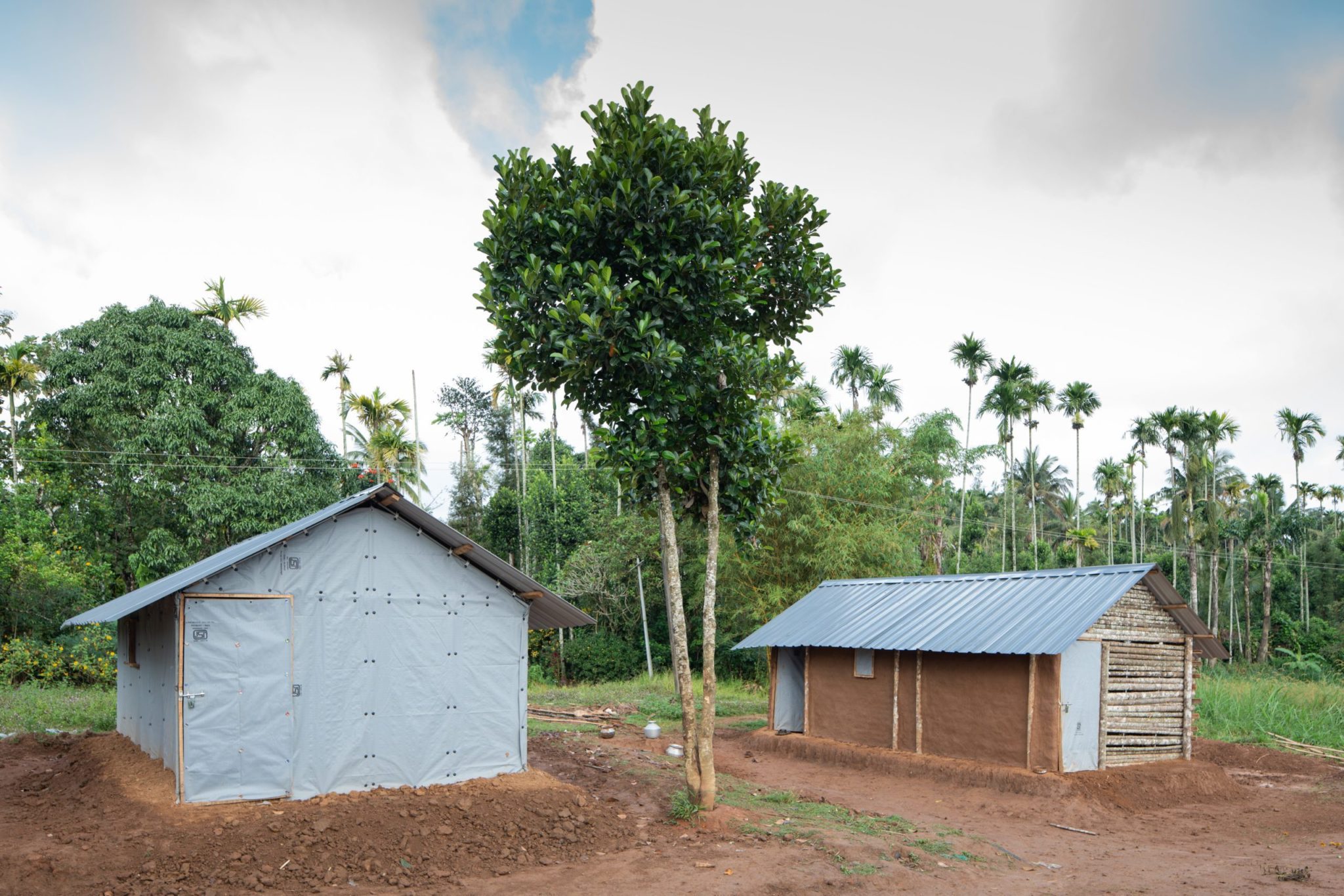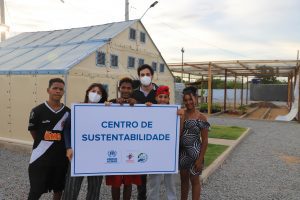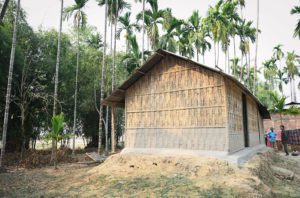Better Shelter, in partnership with Aga Khan Agency for Habitat (AKAH), an agency of Aga Khan Development Network (AKDN) and the Sustainable Environmental and Ecological Development Society (SEEDS), is proud to present the official release of the “Preliminary Assessment of the Pilot Structure Approach to Humanitarian Sheltering” report.
The report brings forward the key findings of the Structure approach to the humanitarian community, demonstrating how an incremental approach can foster community-driven shelter solutions in the onset of emergencies as well as in post-emergency contexts. The Structure approach builds upon the concepts of ‘transitional tent’ and ‘transitional shelter’, developed by Shelter Centre in recent years. The transitional approach, which implies the possibility of relocation, aims to provide immediate and continuous support, simultaneous to reconstruction efforts. Structure’s incremental approach aims to go one step further and allow people to use local materials to adapt the shelter for local needs during the lifespan of the shelter and upon the restoration of the local supply chain.
The report was produced by Shelter Centre, a humanitarian non-governmental organisation (NGO) based in Switzerland, in collaboration with Better Shelter, AKAH and SEEDS in India. In concluding the report, Shelter Centre informed that the shelter solution and approach worked and recommended it for further implementation at scale.
The pilot project
In 2020, each partner organization received 15 Structure units per location, namely Afghanistan, India and Tajikistan. These units were tested for both tarpaulin and local materials upgrade to identify the opportunities and challenges of this approach. The goal of this pilot was to test the Structure approach in different climate-culture contexts to inform the evolution of emergency shelter building and recovery efforts.
Key findings
• The assessments showed that it can be easily clad with tarpaulin and supports well, the addition of locally sourced materials, to adapt it further to those operational contexts. Protection was achieved against extreme temperatures, water, and vectors.
•In post-emergency contexts, the Structure has proven to perform well and demonstrated with ease the ability to be upgraded using locally available materials.
•The Structure has demonstrated its potential to perform well in transitional contexts, where local materials used to improve the performance and appropriateness of the Structure to culture and climate can later be reused or upcycled, into permanent housing being repaired or reconstructed.
• Further research or an extension of the pilot phase is recommended to understand the transitional opportunities offered by selecting materials that can subsequently be upcycled as part of the repair and reconstruction activities of permanent housing.
We invite you to access our Report and Summary to find out more about Better Shelter’s innovation in the shelter sector for emergency, post-emergency and transitional contexts.




